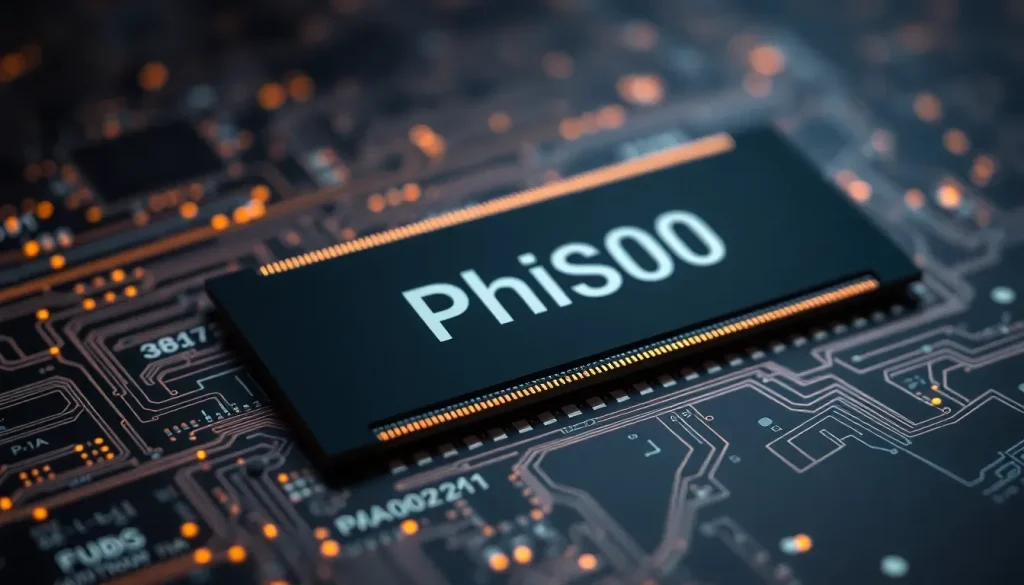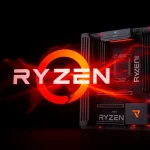Phison warns of NAND flash memory stock shortage for 10 years

In a rapidly evolving technological landscape, the demand for memory components is reaching unprecedented levels. As the world becomes increasingly reliant on artificial intelligence and data-driven solutions, the implications for memory supply chains are profound. Phison, a leading manufacturer in the NAND flash sector, recently issued a stark warning about potential shortages that could have far-reaching consequences for various industries.
Phison's dire prediction about NAND flash shortages
Pua Khein-Seng, the CEO of Phison, recently made headlines by stating that the anticipated shortage of NAND flash memory is not expected to be a temporary hiccup but rather a long-term challenge that could persist for up to ten years. This assertion contrasts sharply with the more conservative estimates from many analysts, who typically forecast supply issues lasting only a year.
This alarming forecast aligns with ongoing discussions in the tech community regarding a significant "memory supercycle," where demand consistently outstrips supply. The insights shared by Pua, reported by CommonWealth and Tom's Hardware, raise critical questions about the future of technology sectors reliant on memory components.
The implications of AI on memory demand
The surge in artificial intelligence (AI) applications is one of the primary drivers of this increased demand for NAND flash memory. Pua emphasized that companies investing heavily in AI need to consider how they will recoup their investments, primarily through the process of inference. This phase follows the intense training of AI models, requiring substantial storage capabilities.
To grasp the full impact of this shift, it is vital to understand the different types of storage involved in AI operations:
- Hot storage: Fast but expensive storage used for active processes.
- Nearline storage: A middle ground that balances speed and cost, essential for historical data retrieval.
- Cold storage: Cost-effective but slow, used for infrequent access data.
Nearline storage, in particular, becomes crucial as it supports the vast amounts of data generated through AI inference, which requires rapid access to both current and historical data. Without adequate NAND flash supply, the ability to manage and process this information efficiently is jeopardized.
Market dynamics and the NAND flash supply chain
The NAND flash market has been historically characterized by cycles of oversupply and undersupply, often leading to volatile pricing and investment challenges. In previous years, manufacturers faced significant financial strain as increased production capacity led to plummeting prices. This cycle prompted many companies to scale back investments, particularly during the downturn observed in 2019 and 2020.
In recent times, companies such as Micron and SK Hynix have shifted their focus toward high-bandwidth memory (HBM) due to its higher profit margins, further straining the NAND flash supply chain. The shift has sparked a renewed interest in NAND flash, as major manufacturers like SanDisk and Western Digital are now adjusting their strategies to address the rising demand:
- Announcing price increases for NAND flash products.
- Implementing production halts to stabilize supply.
- Investing in new technology to enhance manufacturing efficiency.
This evolving landscape suggests that the market is on the brink of a transformative phase, one that could redefine the balance of power among memory types and reshape the technological infrastructure that supports AI and other data-intensive applications.
Long-term outlook for NAND flash availability
Pua Khein-Seng's commentary indicates that the industry should prepare for a decade where the demand for NAND flash will significantly outpace supply. He argues that the transition from heavy investment in AI training to monetization through inference will only exacerbate the situation:
“Since 2022, cloud companies have been scrambling to acquire GPUs primarily for training models. Now that these models have matured, they will require a substantial amount of NAND flash to support ongoing operations. The scarcity of NAND flash is imminent, and I genuinely believe that the supply will be limited for the next ten years,” he stated.
This projection emphasizes the critical role that NAND flash memory will play as the backbone of AI infrastructure. It raises urgent questions about whether the industry can adapt to these challenges in a timely manner.
Strategies to mitigate NAND flash shortages
As the threat of NAND flash shortages looms, companies across the tech spectrum must consider proactive strategies to mitigate potential impacts:
- Diversification of suppliers: Engaging multiple manufacturers to reduce dependency on a single source.
- Investment in R&D: Focusing on new memory technologies that could provide alternatives to NAND flash.
- Long-term purchasing agreements: Locking in prices and quantities with suppliers to ensure steady access to memory components.
- Utilization of cloud storage solutions: Leveraging external cloud storage options to offload some data processing needs and reduce immediate demand for NAND flash.
These strategies will not only help companies navigate the upcoming challenges but also position them for success in an increasingly data-driven world.
The future of memory in the age of AI
The ongoing developments in the NAND flash market highlight the need for a strategic reevaluation of memory usage in technology. As AI continues to evolve, the demand for efficient, high-capacity memory solutions will only increase.
Companies that can successfully adapt to these changes will be better positioned to harness the full potential of their technological investments. The next decade will likely see a significant shift in how memory components are integrated into AI systems, with NAND flash playing a pivotal role in shaping the future of the industry.
As the landscape continues to change, stakeholders across the tech sector must remain vigilant and responsive to the evolving demands of memory supply and management. The days of viewing memory as merely a commodity are over; it is now a critical asset in the race for technological advancement.




Leave a Reply